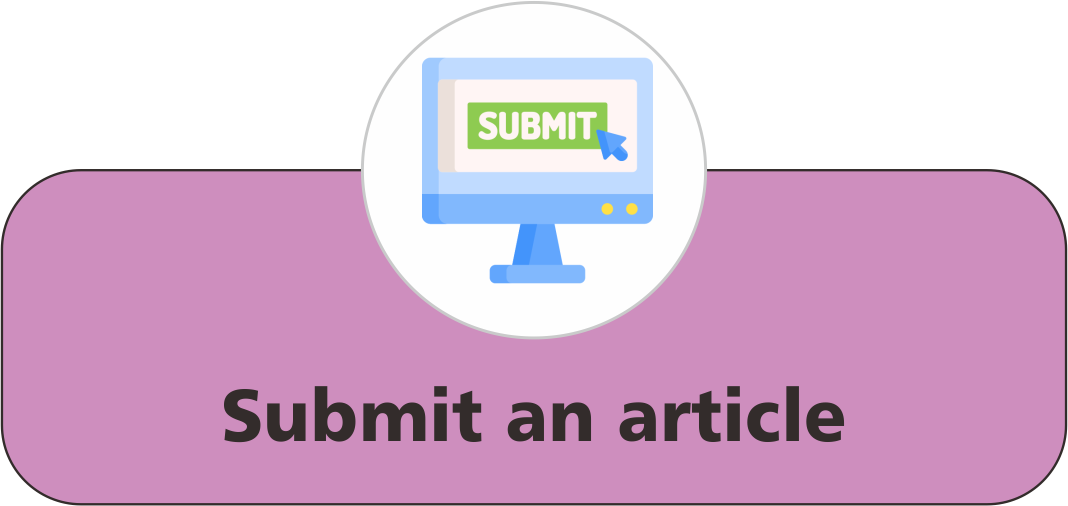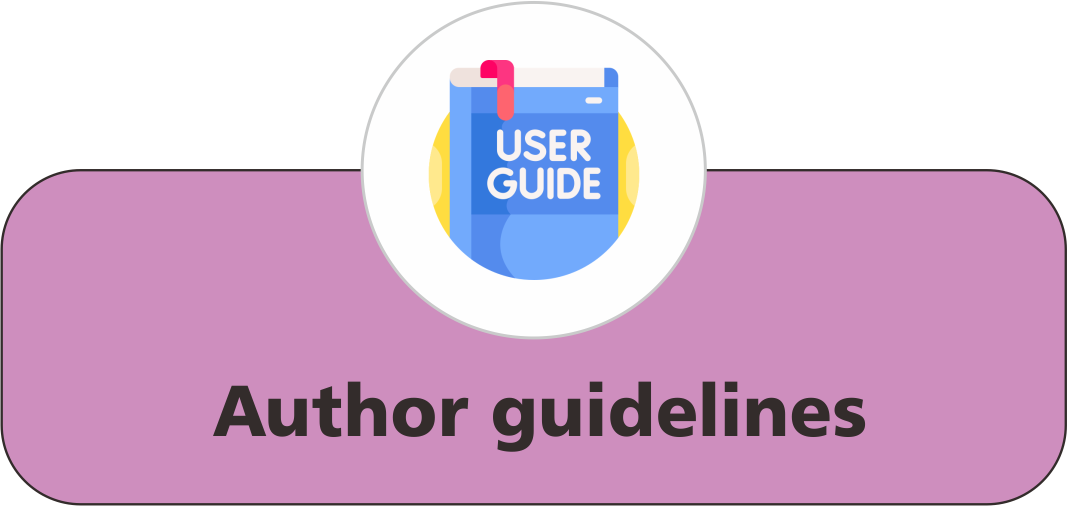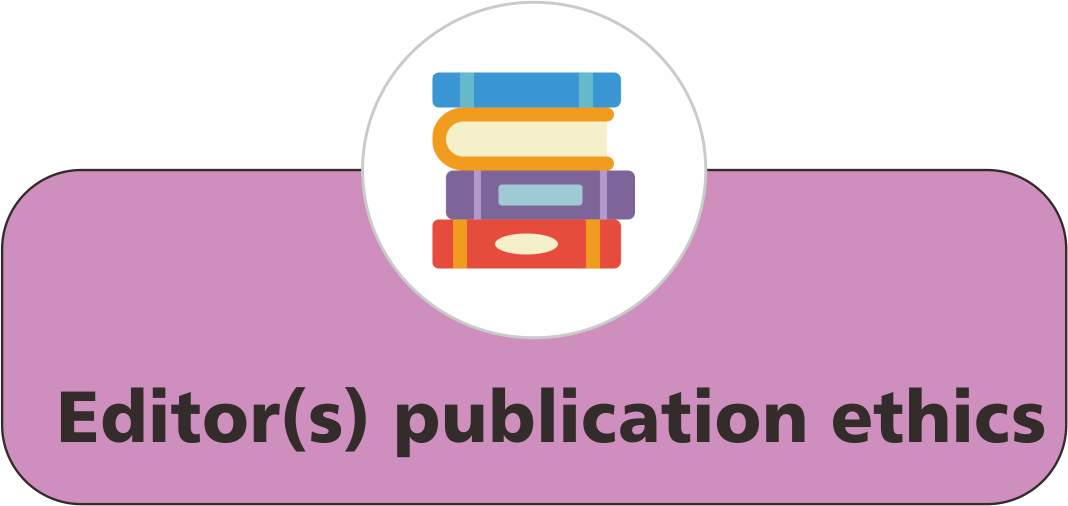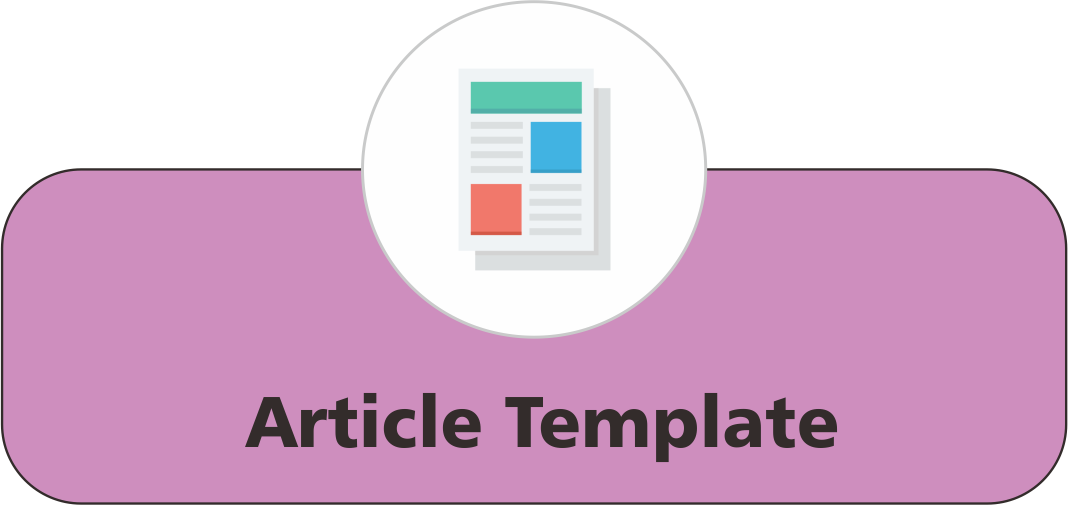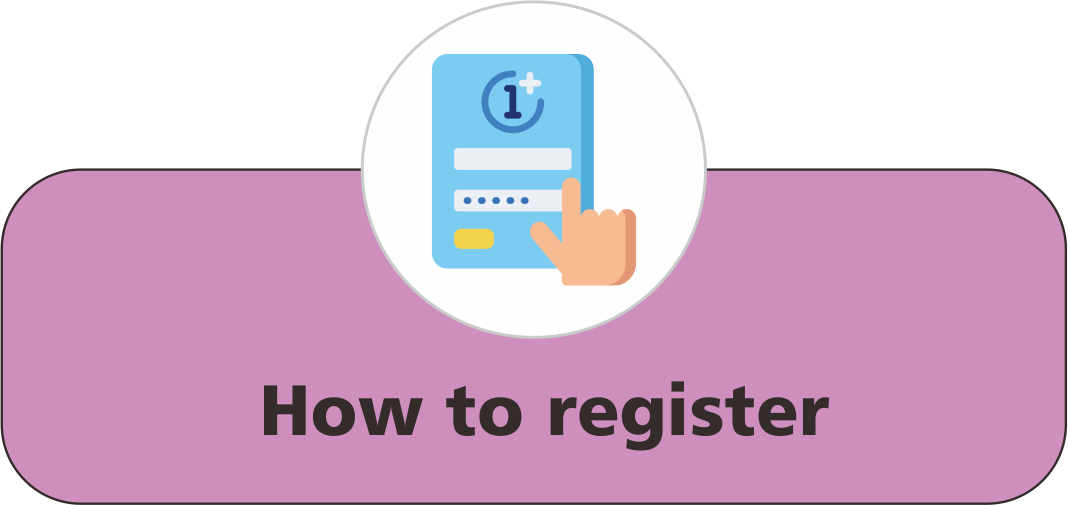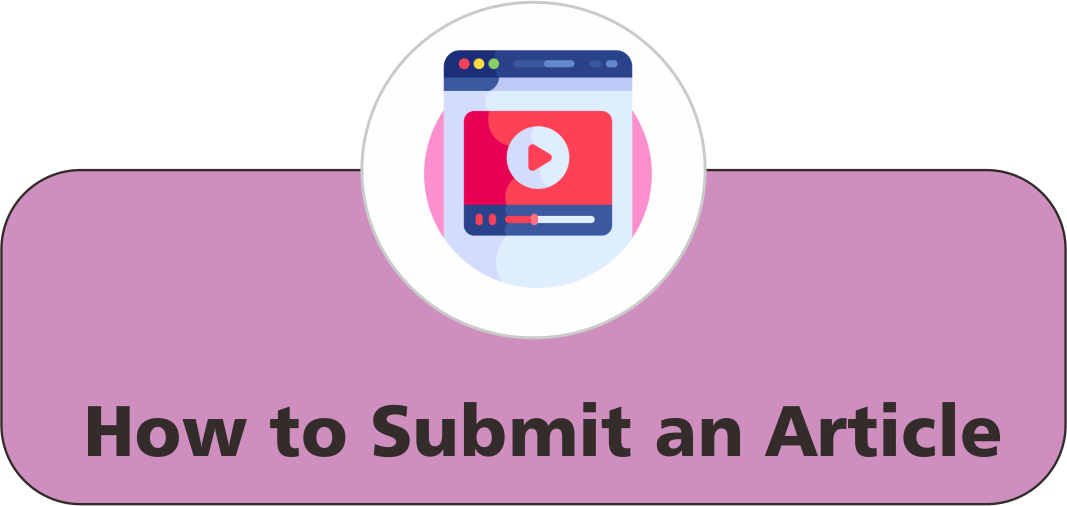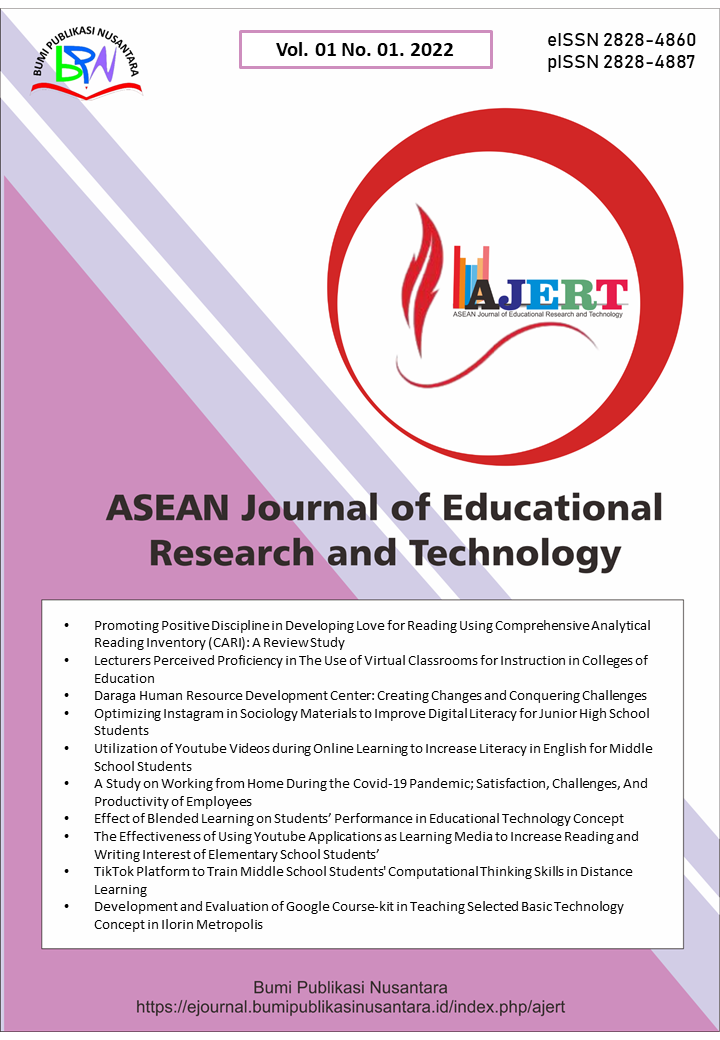Effect of Blended Learning on Students’ Performance in Educational Technology Concept
 ), Ahmed Idris Issa(2), Amos Ochayi Onojah(3), Shadrack Omotayo Aderele(4), Adenike Aderogba Onojah(5),
), Ahmed Idris Issa(2), Amos Ochayi Onojah(3), Shadrack Omotayo Aderele(4), Adenike Aderogba Onojah(5),
(1) University of Ilorin
(2) University of Ilorin
(3) University of Ilorin
(4) Adeyemi College of Education
(5) University of Ilorin
 Corresponding Author
Corresponding Author
Abstract
Keywords
References
Abidoye, J. A., and Fatoki, O. R. (2014, April). Integrating instructional technology into teacher education curriculum in Nigeria. Greener Journal of Educational Research, 4(2), 036-040.
Alasela, A. A., Olufunmilola, O. O., Akindele, O. A., and Olabo, O. O. (2016). Enhancing Learning through Information and Communication Technology: University of Ilorin Pre-Service Teachers' Perception. Malaysian Journal of Distance Education, 18(1), 71-85.
Cenkner, M., Sonnenberg, L. K., von Hauff, P., and Wong, C. (2017). Integrating the educational technology expert in medical education: A role-based competency framework. MedEdPublish, 6, 1-19
Ceylan, V. K., and Kesici, A. E. (2017). Effect of blended learning to academic achievement. Journal of Human Sciences, 14(1), 308-320.
Fazal, M., and Bryant, M. (2019). Blended learning in middle school math: The question of effectiveness. Journal of Online Learning Research, 5(1), 49-64.
Gambari, A. I., Shittu, A. T., Ogunlade, O. O., and Osunlade, O. R. (2018). Effectiveness of blended learning and elearning modes of instruction on the performance of undergraduates in Kwara State, Nigeria. MOJES: Malaysian Online Journal of Educational Sciences, 5(1), 25-36.
Gambrari, I. A., Yusuf, M. O., and Thomas, D. A. (2015). Effects of Computer-Assisted STAD, LTM and ICI Cooperative Learning Strategies on Nigerian Secondary School Students' Achievement, Gender and Motivation in Physics. Journal of Education and Practice, 6(19), 16-28.
Kintu, M. J., and Zhu, C. (2016). Student characteristics and learning outcomes in a blended learning environment intervention in a Ugandan University. Electronic Journal of e-Learning, 14(3), 181-195.
Kintu, M. J., Zhu, C., and Kagambe, E. (2017). Blended learning effectiveness: the relationship between student characteristics, design features and outcomes. International Journal of Educational Technology in Higher Education, 14(1), 1-20.
Kirkley, S. E., and Kirkley, J. R. (2005). Creating next generation blended learning environments using mixed reality, video games and simulations. TechTrends, 49(3), 42-53.
Lin, Y. W., Tseng, C. L., and Chiang, P. J. (2016). The effect of blended learning in mathematics course. Eurasia Journal of Mathematics, Science and Technology Education, 13(3), 741-770.
Phillips, J., Bhowmik, D., and Meyer, B. (2019). Using blended learning in postgraduate applied statistics programs. Turkish Online Journal of Distance Education-TOJDE, 20(2), 64-77.
Rajkoomar, M., and Raju, J. (2016). A framework using blended learning for innovative teaching and learning. Research and Reviews: Journal of Educational Studies, 2, 1-9.
Rizvi, N. F., Gulzar, S., Nicholas, W., and Nkoroi, B. (2017). Barriers in adopting blended learning in a private university of Pakistan and East Africa: faculty members’ perspective. Mhealth, 3, 1-7
Article Metrics
Abstract View : 2508 times
: 2508 times Download : 1896 times
Download : 1896 times
Refbacks
- There are currently no refbacks.
Copyright (c) 2022 Bumi Publikasi Nusantara

This work is licensed under a Creative Commons Attribution-ShareAlike 4.0 International License.

